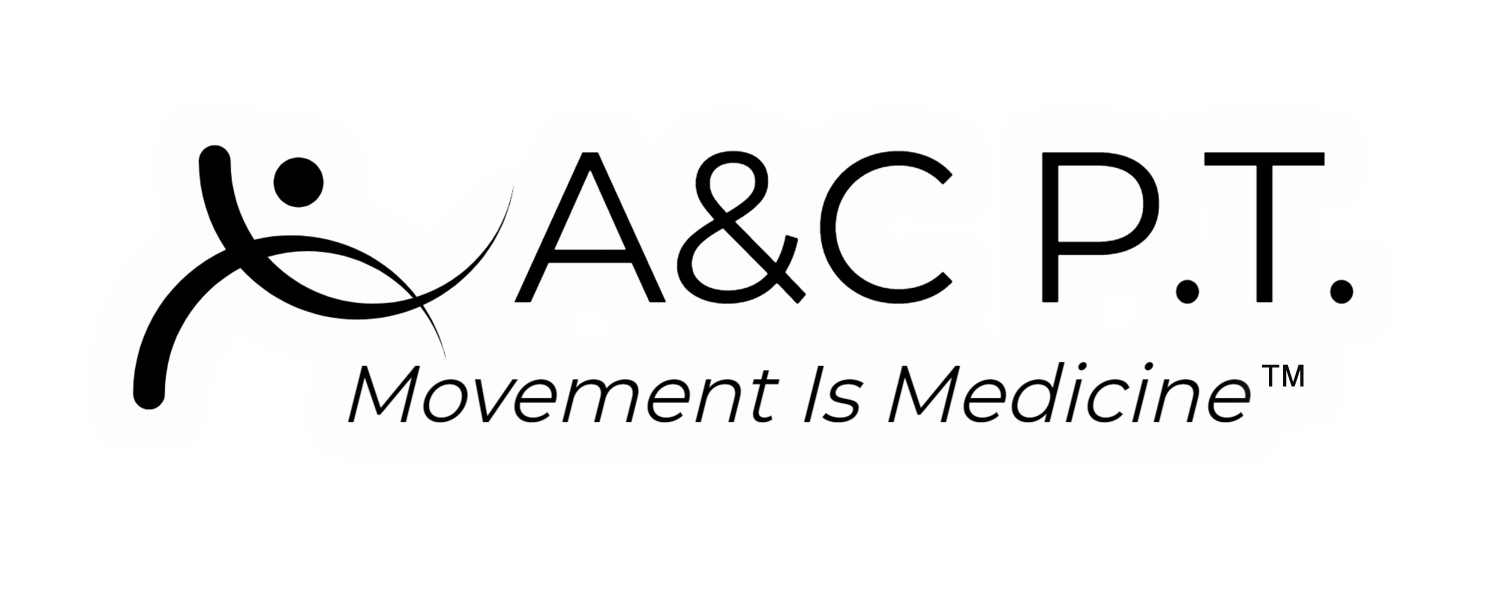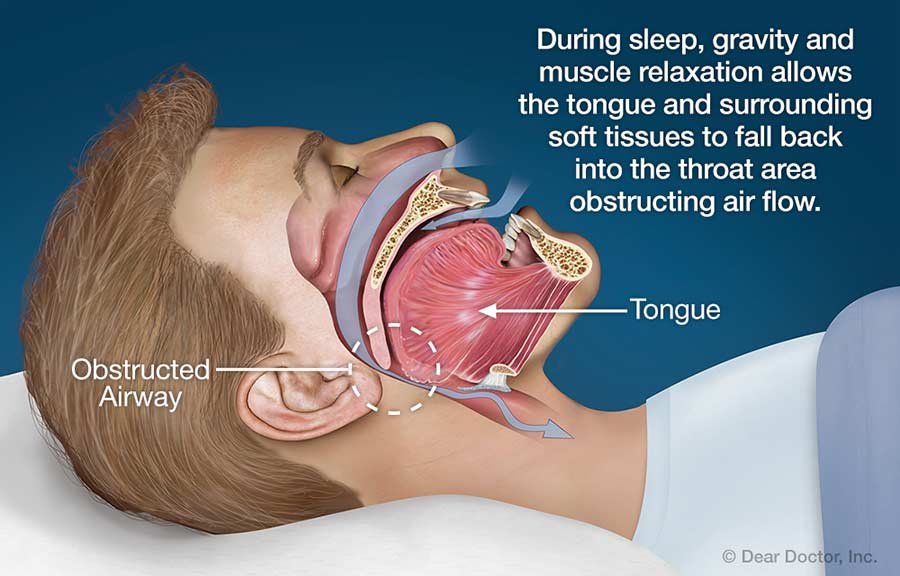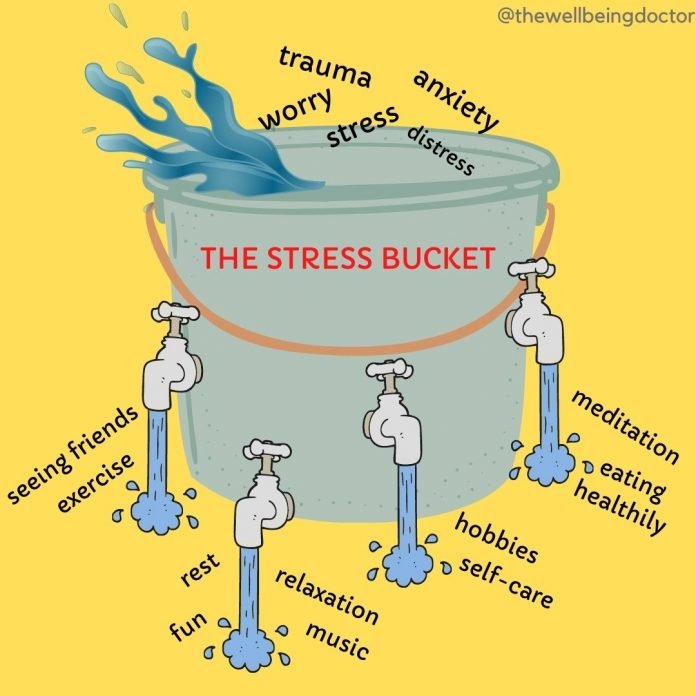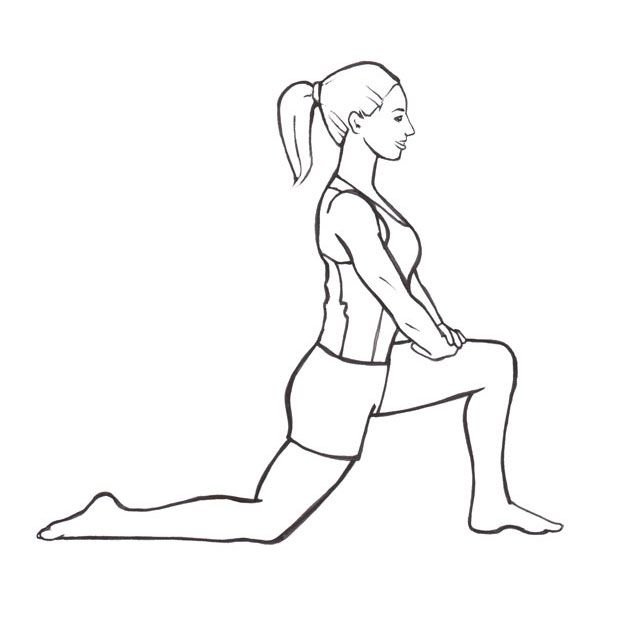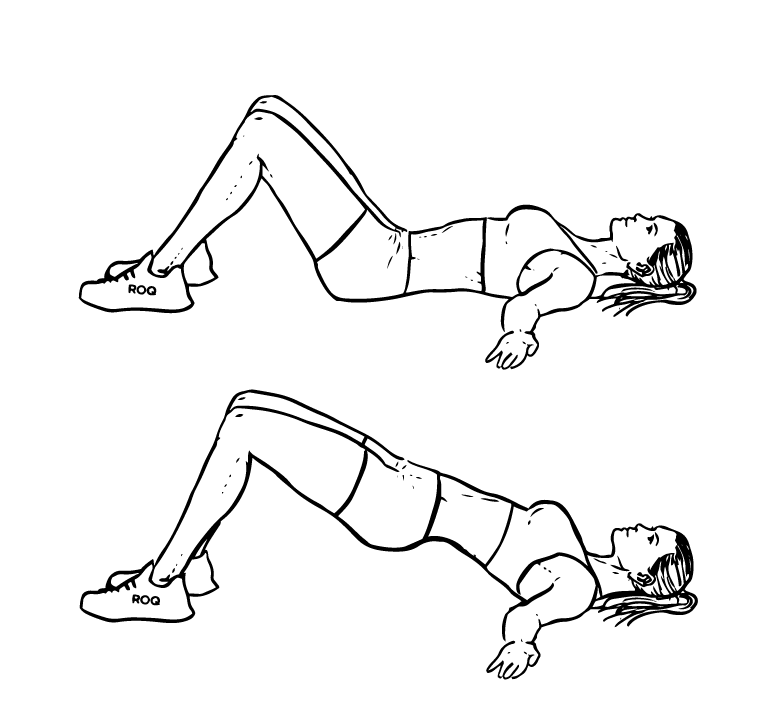⚡️ PT FOR LONG COVID CAN HELP SOLVE THE NEXT PUBLIC HEALTH DISASTER
December 8, 2022 Jason Waz
Long COVID
Thanks to the advancements in physical therapy programs for Long COVID, physical therapists currently have the opportunity to positively affect a large number of struggling individuals in their community who have had COVID-19 and now are experiencing long-haul symptoms.
A December 2022 article from CNBC recently validated the work NeuPTtech and our partners at HerQuest have been developing in this regard.
We recognized Long COVID as the “Next Public Health Crisis,” and now these fears are affirmed. Long COVID is also known as long-haul Covid, post-COVID, post-acute COVID syndrome or its scientific name “post-acute sequelae of Covid” or PASC. At this point, almost every American has experienced COVID-19, and up to 30% of those affected now suffer from a chronic illness as a result of that infection.
The APTA lists the most common lasting Long COVID symptoms as follows:
Fatigue or weakness
Body aches
Shortness of breath
Trouble concentrating
Headache
Muscle or joint pain
Poor endurance or no ability to exercise
Sleep problems
Gastrointestinal symptoms
Anxiety or depression
Fast or pounding heartbeat
Brain fog or memory issues
The CNBC publication estimates that this long-haul COVID has left as many as 23 million Americans looking for answers, at a cost to the U.S economy of roughly $3.7 trillion!
According to the author Greg Iacurci:
“Studies suggest subsequent infections raise the chances of an ‘adverse’ outcome, including hospitalization and death. The virus has killed more than 1 million Americans to date, and some 2,000 more die each week, according to the Centers for Disease Control and Prevention.”
Nevertheless, despite its dire outcomes, not much is known about the illness. It can be very difficult to diagnose because its list of symptoms range in the hundreds, many of which lead to debilitating results for patients.
How Physical Therapists Can Serve Patients with Long COVID
As PTs, we’re familiar with patients who have severe pain or limitations to everyday functionality which has left them feeling hopeless. Our vocation is never as fulfilling as when we are able to help them regain strength, movement – and most of all, hope.
Patients suffering from post-acute COVID syndrome are often hopeless. And they are numerous.
According to Dr. Peter Hotez, co-director of the Center for Vaccine Development at Texas Children’s Hospital and a dean at Baylor College of Medicine:
“There are just large numbers of people affected by this. This could be game-changing in terms of how we do medical practice.”
Unfortunately, this lingering illness is having a devastating impact on families within communities all over the U.S. – the very same communities your practice is on a mission to serve.
So, how do we deliver hope to people whose lives have been upturned by this disease? People of all ages and walks of life. People who were previously healthy. People who can no longer work or care for their families.
This is the opportunity for the physical therapist to treat Long COVID in a way others cannot.
Physical therapy is more than just helping alleviate pain and restore mobility. Thanks to incredible advancements in physical therapy technology, we can now target the patient’s nervous system and understand exactly where their dysfunction lies.
The Physical Therapy Technology Treating Long COVID
And that is why we are developing programs to use Heart Rate Variability assessments for Long COVID patients to identify any imbalance within the patient’s nervous system. It is likely the first time the patient has a test report that can give some insight as to why they are feeling how they are feeling. From there, we utilize the NEUBIE device to reeducate their autonomic nervous system (ANS). By using the proprietary e-stim machine alongside pulsed electro-magnetic field therapy, PTs can help patients balance their “fight or flight” conditions and finally begin to heal.
NeuPTtech has pioneered the treatment of Long COVID with physical therapy by mapping out plug-and-play protocols that are specific for HRV, NEUBIE and PEMF as they relate to the patient’s symptoms.
The Physical Therapy Protocols for Long COVID Patients
According to the U.S. Department of Health and Human Services, too many healthcare providers are writing off Long COVID symptoms as “byproducts of anxiety and depression, or even worse, laziness and an excuse not to work.”
“It’s sucking the hope out of patients,” says Jason Waz, founder of NeuPTtech. “The individuals I’m treating in my practice in Tampa all want to get back to work and back to their lives, but they just don’t have a plan or effective treatment to get there. NeuPTtech has developed these protocols for just that purpose.”
The CNBC story outlines the plight of Sam Norpel, a woman suffering from Long COVID symptoms but who continued to be dismissed by healthcare providers.
Iacurci explains:
“Neurologists would see Norpel twitch and instead focus just on her migraines, she recalled. One told her to stop reading literature on long Covid when she mentioned the disease during an appointment. She eventually had a consultation in August at the Mayo Clinic, where she was told: ‘We believe you — you have long Covid.’‘
The fact that she was finally being validated left Norpel in tears.
